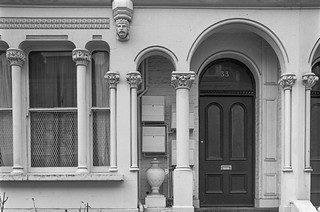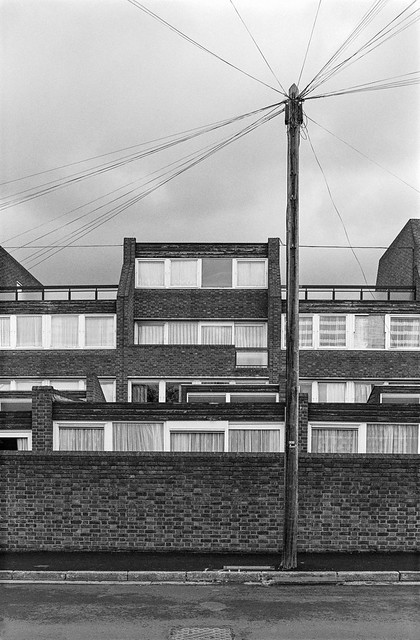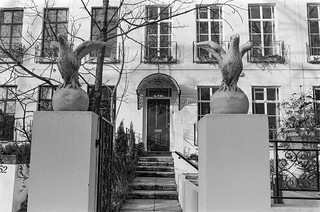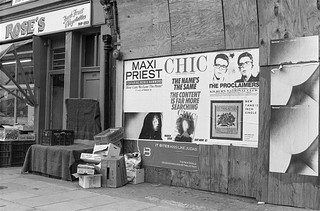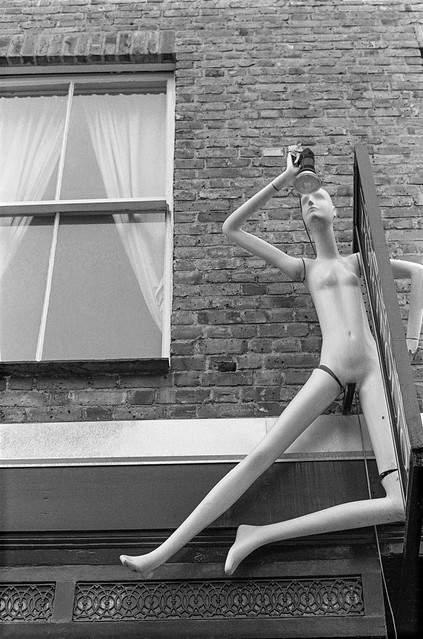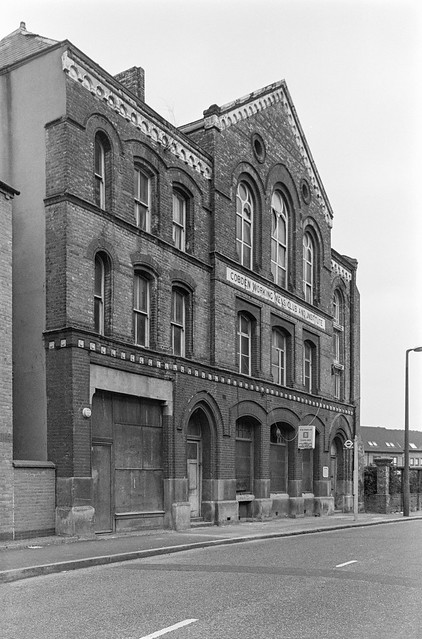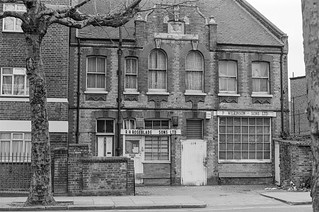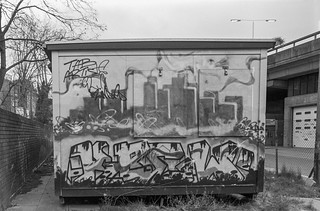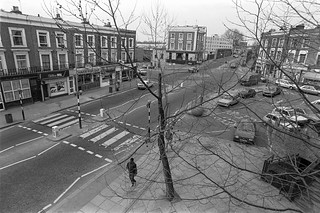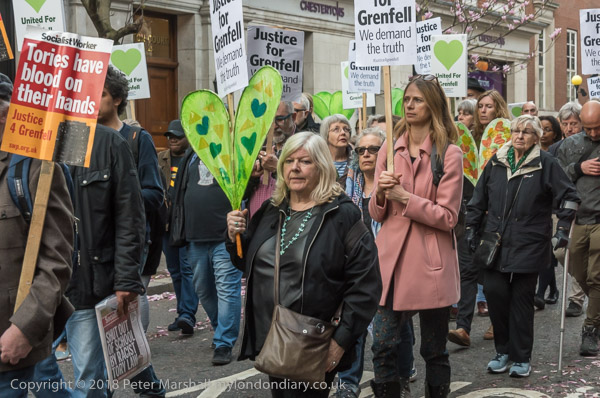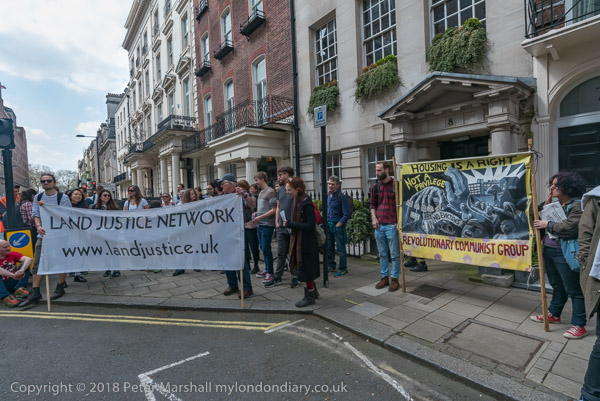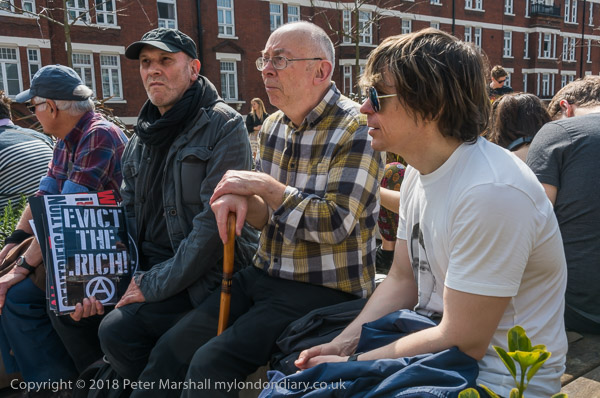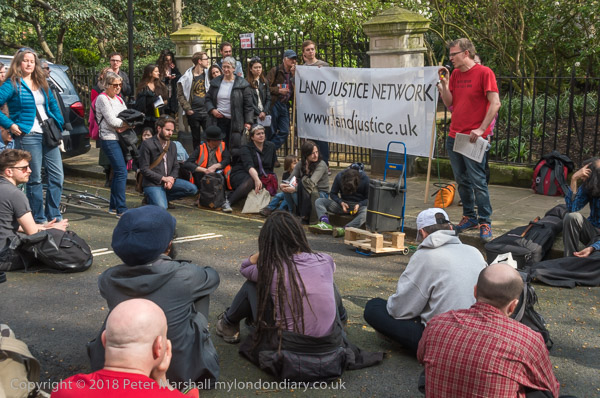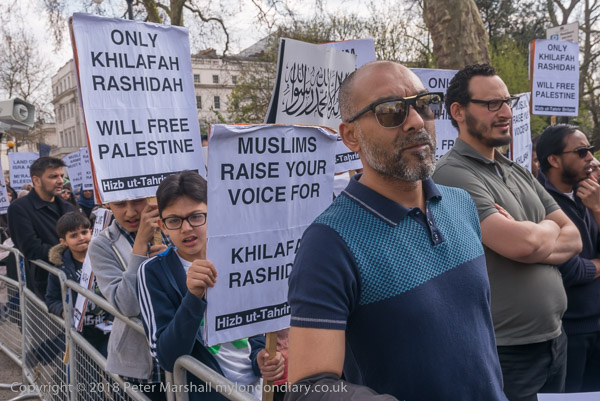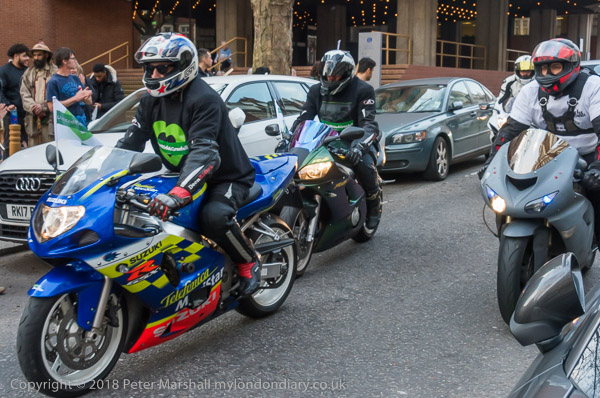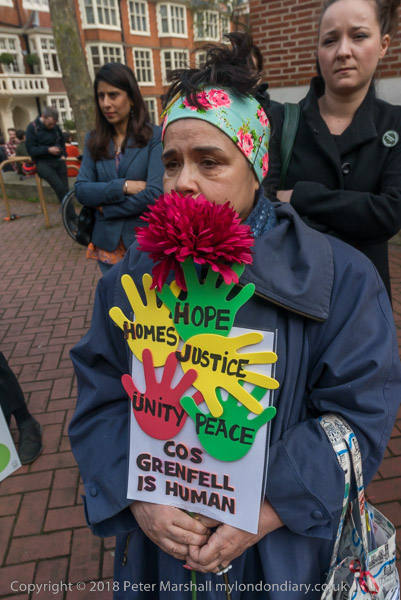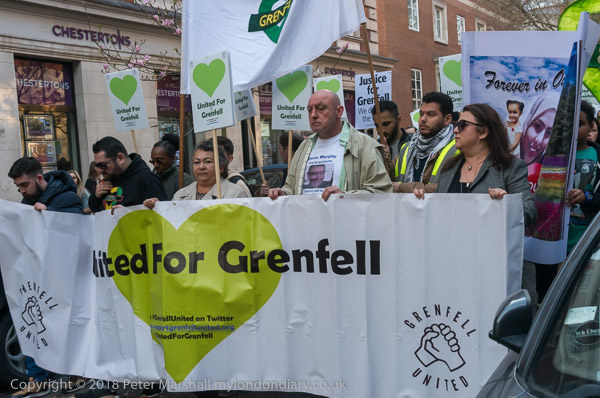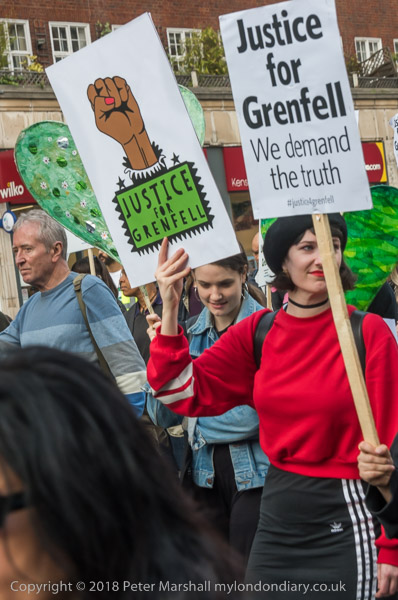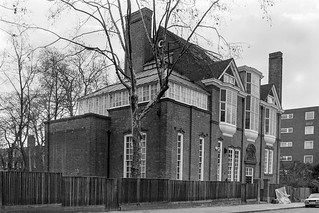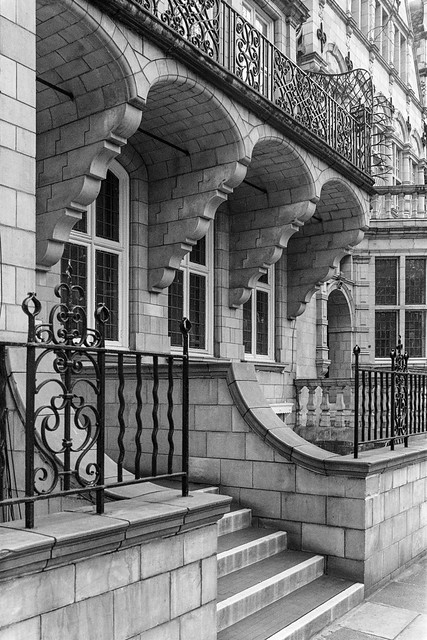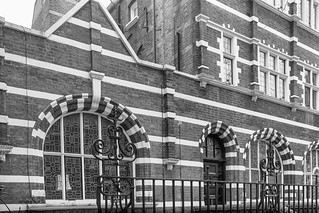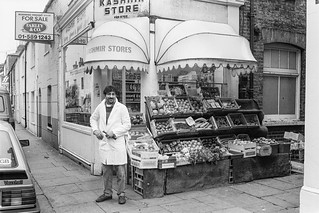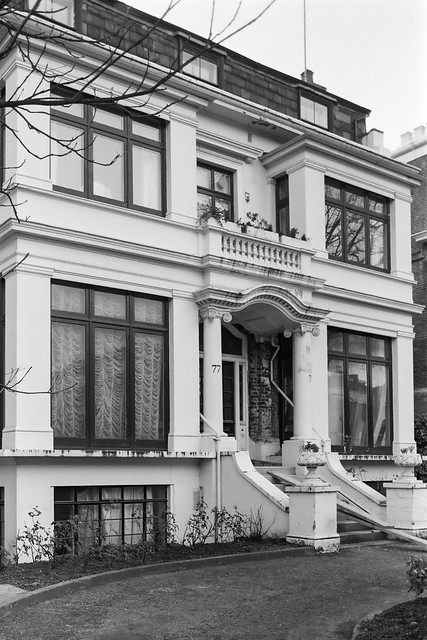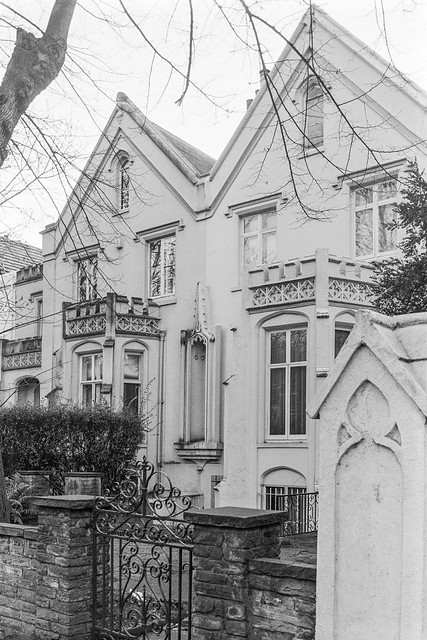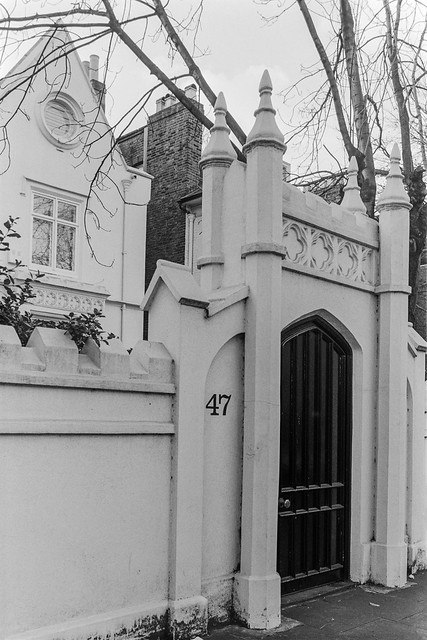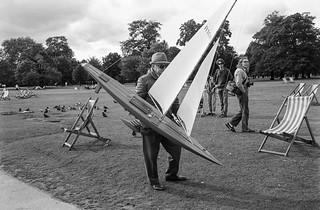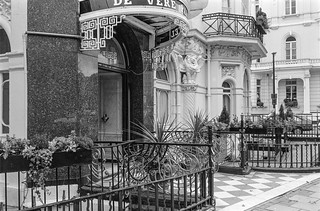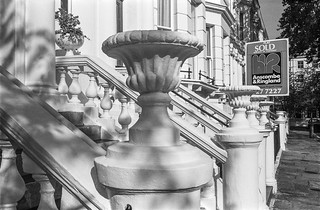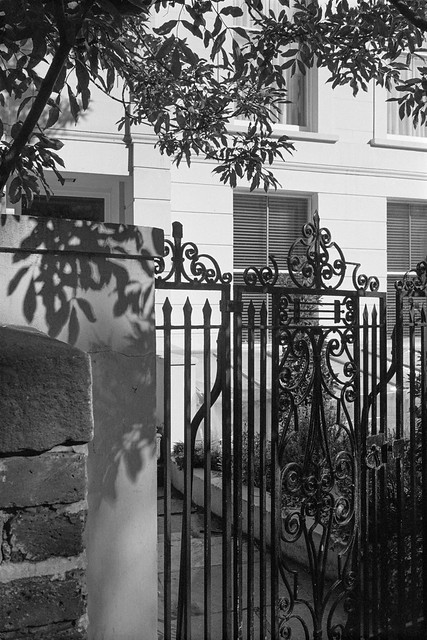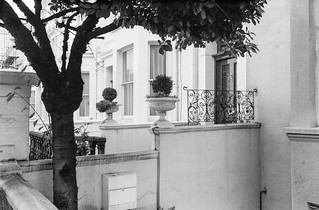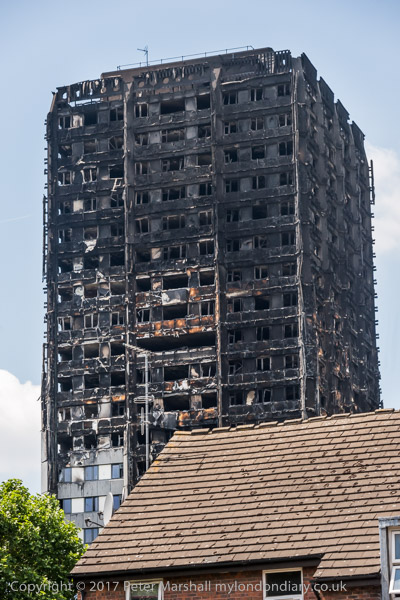
Like many I woke up on the morning of 14th June 2017 to the news of a terrible fire that had engulfed a tower block in North Kensington with horrific stories of the death of so many trapped in the building, particularly on its upper floors. It had begun early in the morning after I had gone to bed and switched off my computer and phone, so I hadn’t got the text from an agency asking if I could go there. Clearly by the time I woke up to the morning news the area was swamped by the media and I decided not to add to the pressure on the survivors and the local residents who were traumatised by what they had seen and heard.
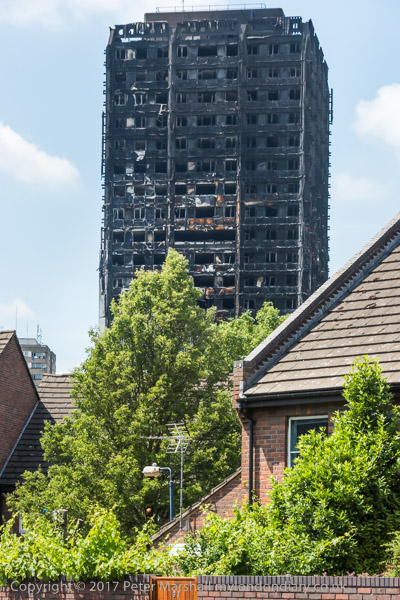
I was shocked by the news, but not surprised. It came after years when the government – particularly the coalition, but others too – had been attacking health and safety measures as ‘red tape’ and making cuts to the fire service, particularly in London, that I’d reported on. And after years of attacks by local and national governments on social housing. Though I was shocked to find that the London Fire Service, thanks to cuts made by the London Mayor Boris Johnson, now longer had an appliance to deal with fires in such high-rise buildings and had to call on the neighbouring suburban Surrey Fire Services for one.
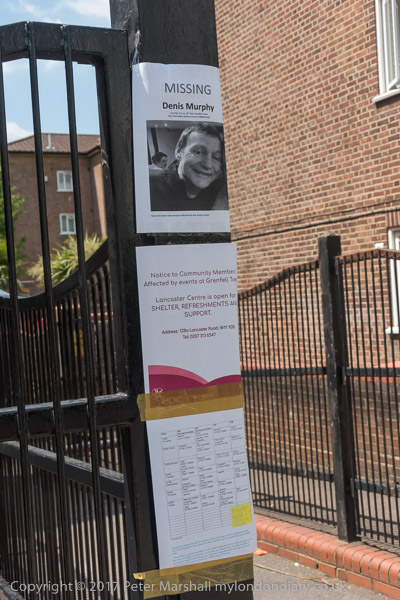
I then knew enough about the design of such towers to understand that this fire should not have been possible. If design and building regulations had been followed it should have been confined to the flat were it started and quickly burned out. Instead the videos clearly showed its rapid spread up the outside of the buildings.
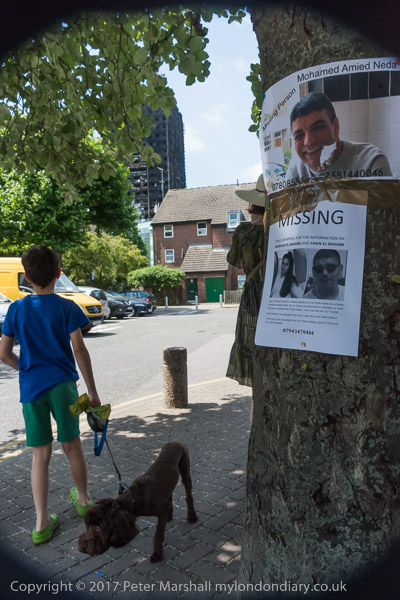
It took only a few weeks for the basic facts behind the fire to be discovered, with Architects for Social Housing in particular producing a straightforward account of the many faults, The Truth about Grenfell Tower on July 21st. Their report not only identified the various faults in the type of cladding and in particular its incorrect installation, but also of the lack of proper oversight in large schemes such as this and the culpability of local councillors and officers.
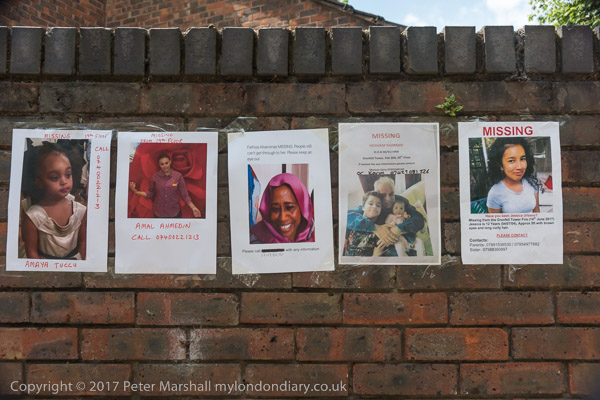
An unnamed senior architect stated at the end of a lengthy comment to ASH,
‘Since PFI was introduced by Thatcher we have a legacy of hundreds, if not thousands, of sub-standard buildings – schools, hospitals, police stations, etc – that the taxpayer is still paying extortionate rents for under the terms of the 30-year lease-back deal that is PFI. This is her legacy of cosy relationships between local authorities, quangos and their chummy contractors. It is a culture of de-regulation, of private profit before public good. Thomas Dan Smith, the Leader of Newcastle City Council from 1960 to 1965, went to gaol in 1974 for dodgy dealings with local authorities in property development, albeit from a different motivation; but what the public must demand and get now over the Grenfell Tower fire are criminal convictions, and soon.’
https://architectsforsocialhousing.co.uk/2017/07/21/the-truth-about-grenfell-tower-a-report-by-architects-for-social-housing/
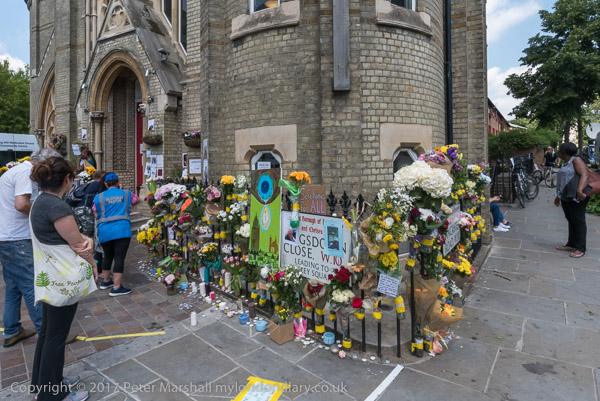
What should have followed in the next few months was the criminal trial of those responsible, after which there could perhaps have been a public inquiry in particular looking at the lessons to be learnt and the changes in laws required. Instead we got the usual empty rhetoric from politicians and and public inquiry that was set up in September 2017 but only began taking evidence in June 2018. Much of its first phase was concerned with trying to transfer responsibility from the faults of the building and those responsible for it onto the London Fire Brigade, who had acted heroically on the night and managed to rescue many, and in particular to demonises LFB’s Dany Cotton, who shortly afterwards took early retirement.
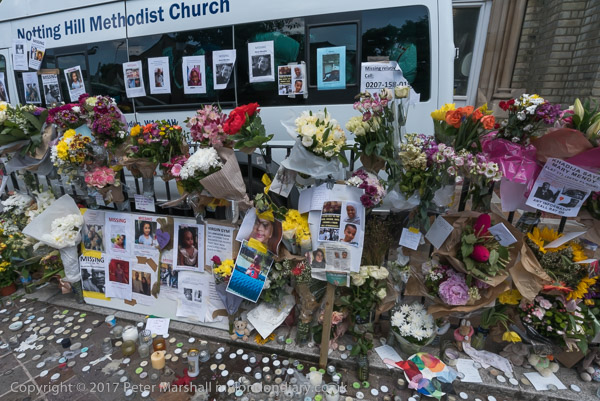
This report by retired judge Sir Martin Moore-Bick, selected by Theresa May to lead the enquiry should and hopefully will be seen as an incredible indictment of our public inquiry system, which seems to exist to push issues into the very long grass and allow the guilty to escape any real judgement allowing them to spend millions on barristers to muddy the waters and save their skins. The firefighters and the survivors don’t have that protection.
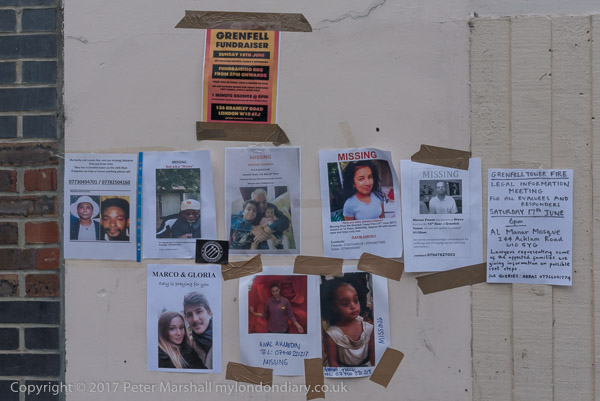
The enquiry continues with some startling testimonies from those responsible for the defective refurbishment and councillors and officers as well as from residents. So far these broadly repeat and support the conclusions of the July 2017 ASH report – but it has taken almost 4 years longer. It’s hard to read some of the testimonies and not think that person should be in jail. But the chances of any justice for Grenfell still seem remote.
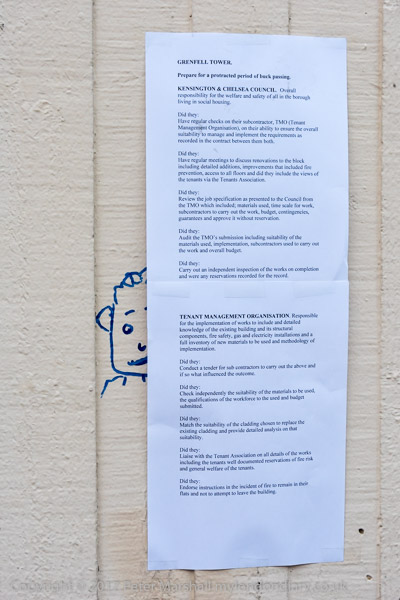
In the days after the fire I went on several protests and four days later made my way to see for myself and, like others pay my respects to the dead. The pictures with this article are from that visit. Since I’ve returned for some of the monthly silent walks and other protests in the area, though these have been suspended for Covid.
All photographs on this and my other sites, unless otherwise stated, are taken by and copyright of Peter Marshall, and are available for reproduction or can be bought as prints.

